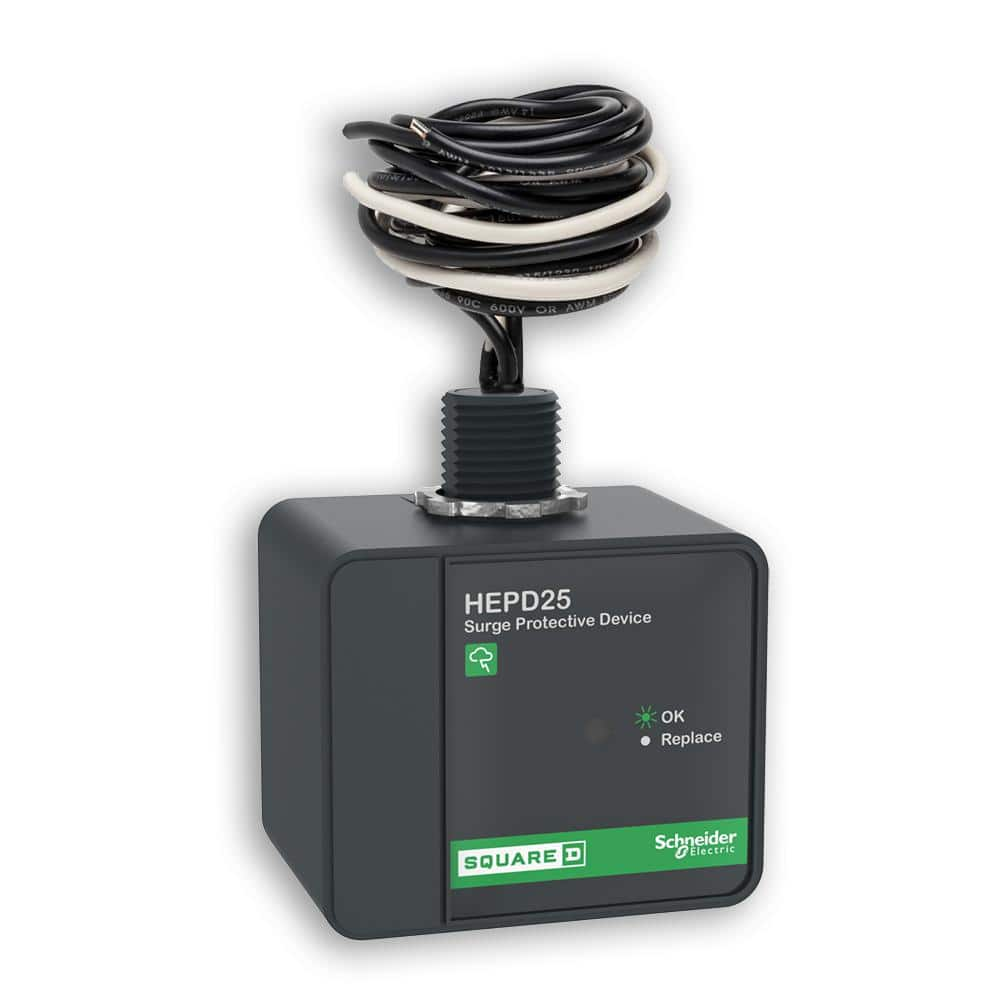SunnySoCal
New Member
- Joined
- Jan 8, 2022
- Messages
- 49
I don't know what kind of inverter he has but mine (600 W PSW Xantrex) had a GFI circuit that had similar behavior. Figures that if Line and Neutral don't switch (as in at the exact same time) within the time allocated then the GFI tripped. The outlet just like one in a bathroom and needed the button pushed in to reset. I just got into that inverter and took out the GFI outlet (put a stand alone one in "downstream"). But I hear you on the LED lights, as that wouldn't be inductive.
I have given "things" a little more thought (note that my youngest flew the coop last summer and I have a PT job of only 5 hrs/wk so have lots of time to devote to lots of things) and I looked around at a whole bunch of PSW inverter circuits this morning. Intriguing as to how many different types of circuits are out there. One 1000 W inverter design had 10 pairs of MOSFETs and one each of the pairs fed a 60 V and the other a -60 V all in tandem. Another design had some circuitry upstream from what appeared to be the power stages which encompassed only 4 solid state devices (didn't look too closely as to what type of "transistor"). Point is that same amount of power stage (as in what goes to our MOES) done with 4 devices vs 20. Thus I would hypothesize that the first inverter could be more robust.
Another approach may be to utilize a NTC in series on both Line/Neutral. NTC...Negative temperature coefficient thermistor. I'd not heard of one of these until today. It has high(ish) resistance (seems they are available in 1-20 ohms and max steady state currents around 10 Amps) until current applied and then goes down to a fraction of an ohm. Maybe couple that with a varistor across to L and N. A varistor has very high resistance at nominal operating voltage but then in an overvoltage state the resistance goes down...which would shunt any high voltage spikes.
I suspect this wheel has already been invented and for instance HD in my area has this in stock...whole house surge protector. I suspect its guts have at least a varistor inside and I think could be adapted to our issue. You might google "parallel surge suppressors". I'm going to spend some time trying to figure out what's inside one of these.

I have given "things" a little more thought (note that my youngest flew the coop last summer and I have a PT job of only 5 hrs/wk so have lots of time to devote to lots of things) and I looked around at a whole bunch of PSW inverter circuits this morning. Intriguing as to how many different types of circuits are out there. One 1000 W inverter design had 10 pairs of MOSFETs and one each of the pairs fed a 60 V and the other a -60 V all in tandem. Another design had some circuitry upstream from what appeared to be the power stages which encompassed only 4 solid state devices (didn't look too closely as to what type of "transistor"). Point is that same amount of power stage (as in what goes to our MOES) done with 4 devices vs 20. Thus I would hypothesize that the first inverter could be more robust.
Another approach may be to utilize a NTC in series on both Line/Neutral. NTC...Negative temperature coefficient thermistor. I'd not heard of one of these until today. It has high(ish) resistance (seems they are available in 1-20 ohms and max steady state currents around 10 Amps) until current applied and then goes down to a fraction of an ohm. Maybe couple that with a varistor across to L and N. A varistor has very high resistance at nominal operating voltage but then in an overvoltage state the resistance goes down...which would shunt any high voltage spikes.
I suspect this wheel has already been invented and for instance HD in my area has this in stock...whole house surge protector. I suspect its guts have at least a varistor inside and I think could be adapted to our issue. You might google "parallel surge suppressors". I'm going to spend some time trying to figure out what's inside one of these.

Square D 25 kA Universal Whole Home Surge Protection Device HEPD25 HEPD25 - The Home Depot
Square D brand Home Electronics Protective Devices (HEPDs) are compact and affordable surge suppressors designed for residential load centers. HEPDs work together with surge protection plug strips to provide surge suppression for sensitive electronics. HEPDs reduce surges that might otherwise...
www.homedepot.com



